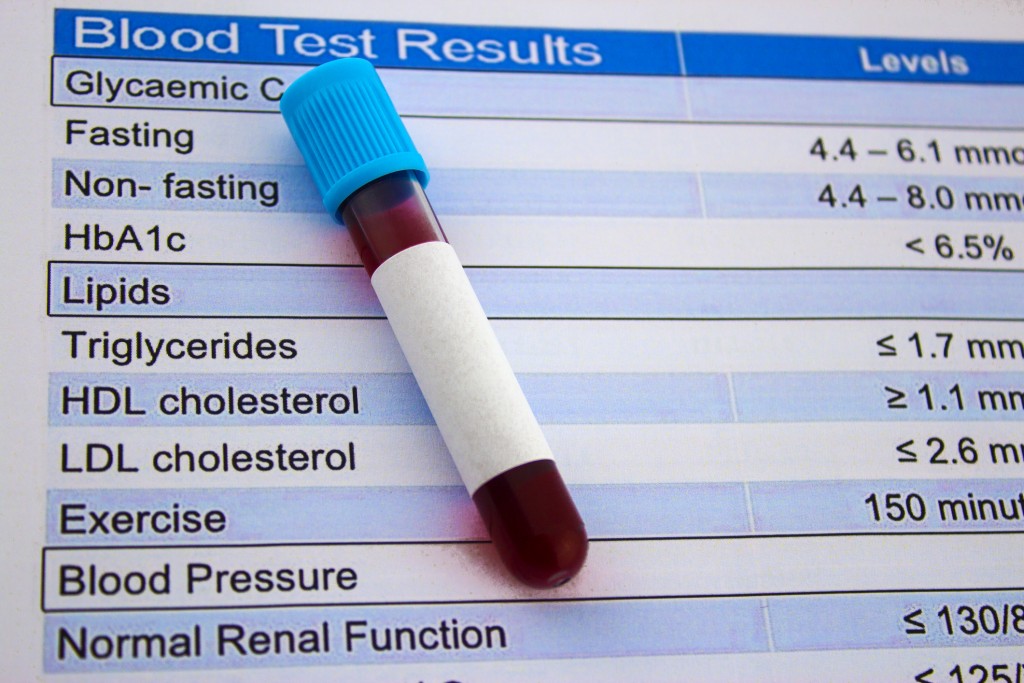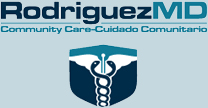Why Did My Doctor Order a Lipid Panel?
 Doctors often order a lipid panel as part of routine blood work during a physical examination. This test assesses a patient’s risk of developing cardiovascular disease, which includes heart attacks and strokes. Lipids are fats and fatty-like substances found in the blood. Cholesterol is one such fat. People who have high cholesterol levels are more likely to develop heart disease. A lipid panel measures cholesterol levels and helps the physician determine whether any treatment or lifestyle changes are necessary.
Doctors often order a lipid panel as part of routine blood work during a physical examination. This test assesses a patient’s risk of developing cardiovascular disease, which includes heart attacks and strokes. Lipids are fats and fatty-like substances found in the blood. Cholesterol is one such fat. People who have high cholesterol levels are more likely to develop heart disease. A lipid panel measures cholesterol levels and helps the physician determine whether any treatment or lifestyle changes are necessary.
A person should fast for 9-12 hours before a lipid panel is done. This ensures that the blood work is not affected by any food that was recently eaten. Three cholesterol levels are reported in a lipid panel – total cholesterol, high-density lipoprotein cholesterol (HDL-C), and low-density lipoprotein cholesterol (LDL-C).
HDL-C – This type of cholesterol is often called good cholesterol. It takes excess cholesterol to the liver to be removed from the body. A level of 60mg/dL or higher is optimal, lowering a patient’s risk for heart disease. A level of 40mg/dL is low, showing an increase in risk for heart disease.
LDL-C – This type of cholesterol is known as bad cholesterol. It gets deposited as plaque on the walls of arteries, narrowing them and decreasing the blood flow. Doctors ideally want this number to be less than 100mg/dL. Levels higher than 100mg/dL may be considered elevated, borderline high, or high. A change of diet, exercise, weight loss, or cholesterol medication may be discussed with the patient as strategies to help them lower the bad cholesterol to a more normal level.
Total cholesterol – This is a measure of all cholesterol. For total cholesterol, a result of 200mg/dL or lower indicates normal levels. A result higher than 240mg/dL is considered high.
A lipid panel also measures triglycerides in the lipoprotein particles. High levels of triglycerides are associated with cardiovascular disease. A result of 150mg/dL or more is considered high. The same strategies used to lower bad cholesterol are also recommended for lowering triglycerides.
The American Heart Association recommends that adults ages 20 and older have a lipid panel every 4-6 years. Higher risk individuals with heart disease, diabetes, or a family history of high cholesterol should have their levels checked more often. An individual may have high cholesterol without knowing it, as there are often no symptoms.




